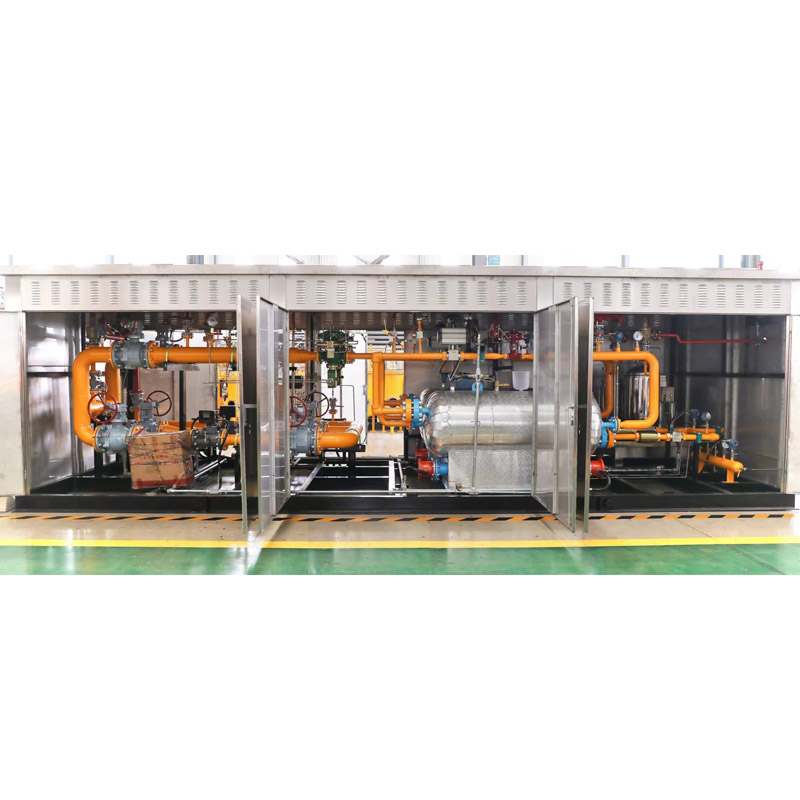
Nov . 26, 2024 11:53
Back to list
Measurement and Analysis of Gaseous Substances for Environmental Monitoring and Research
Understanding Gas Measurement An Essential Aspect of Modern Science
Gas measurement is a fundamental aspect of various scientific and industrial fields, providing critical data that supports a range of applications from environmental monitoring to industrial processes. The accuracy of gas measurement is crucial, as it affects safety, efficiency, and compliance with regulatory standards. This article explores different methods of gas measurement, their applications, and the importance of precision in quantifying gas concentrations.
Methods of Gas Measurement
Gas measurement techniques vary based on the application and the specific gas being measured. Some common methods include
1. Gas Chromatography (GC) This is one of the most widely used techniques for gas analysis. GC separates the components of a gas mixture and provides quantitative data about each component. It is particularly useful in laboratories and industrial settings for monitoring the purity of gases or detecting trace amounts of pollutants.
2. Infrared (IR) Spectroscopy This method is based on the principle that different gases absorb infrared light at specific wavelengths. By measuring the amount of light absorbed, it is possible to determine the concentration of gases such as carbon dioxide and methane. IR spectroscopy is favored for its ability to provide real-time measurements and its applicability in environmental monitoring.
3. Mass Spectrometry This advanced technique involves ionizing gas molecules and measuring their mass-to-charge ratio. Mass spectrometry is capable of identifying and quantifying a wide range of gases, making it useful in both research and industry. Its high sensitivity allows for the detection of trace gases, even in complex mixtures.
4. Electrochemical Sensors These sensors work by measuring the current produced by a chemical reaction that occurs when a gas interacts with the sensor's electrodes. Electrochemical sensors are commonly used for detecting toxic gases in safety applications, such as monitoring workplace environments for hazardous substances like carbon monoxide and sulfur dioxide.
.
Applications of Gas Measurement
قياس الغاز

Gas measurement plays a vital role across various sectors
- Environmental Monitoring Accurate measurement of greenhouse gases and air pollutants is essential for understanding climate change and implementing environmental regulations. Organizations use gas measurement to track emissions and assess air quality in urban areas.
- Industrial Processes In industries such as petrochemicals, pharmaceuticals, and food production, monitoring gas concentrations ensures product quality and safety. For example, in the food industry, the controlled atmosphere packaging relies on precise gas measurement to prolong shelf life.
- Safety and Compliance In various workplaces, measuring gases like carbon monoxide and volatile organic compounds (VOCs) is critical for maintaining a safe environment. Regulatory agencies set limits on permissible gas concentrations to protect workers' health, making precise gas measurement a necessary practice.
- Research and Development Scientists and researchers utilize gas measurement to study chemical reactions, analyze materials, and explore new technologies. Understanding gas behavior is essential for advancements in fields such as energy storage and carbon capture.
Importance of Precision in Gas Measurement
The accuracy of gas measurement can have significant implications. For instance, overestimating the concentration of a toxic gas can lead to unnecessary safety measures and operational disruptions, while underestimating it can result in dangerous exposure levels. Similarly, in environmental monitoring, inaccurate data can misguide policy decisions regarding emission reductions.
To ensure precision, it is essential to routinely calibrate measurement devices, utilize appropriate analytical methods, and follow established protocols. Advances in technology are continuously improving the accuracy and reliability of gas measurement, but the human factor—such as proper training and adherence to procedures—remains a critical component.
Conclusion
Gas measurement is an intricate field that intersects various scientific disciplines and industries. Understanding the methods and applications of gas measurement is essential for promoting safety, enhancing efficiency, and ensuring environmental compliance. As technology advances, the precision of gas measurement will continue to improve, allowing for better decision-making in addressing both industrial challenges and environmental concerns. In a world where every measurement counts, the significance of accurate gas measurement cannot be overstated.
Latest news
-
Safety Valve Spring-Loaded Design Overpressure ProtectionNewsJul.25,2025
-
Precision Voltage Regulator AC5 Accuracy Grade PerformanceNewsJul.25,2025
-
Natural Gas Pressure Regulating Skid Industrial Pipeline ApplicationsNewsJul.25,2025
-
Natural Gas Filter Stainless Steel Mesh Element DesignNewsJul.25,2025
-
Gas Pressure Regulator Valve Direct-Acting Spring-Loaded DesignNewsJul.25,2025
-
Decompression Equipment Multi-Stage Heat Exchange System DesignNewsJul.25,2025

